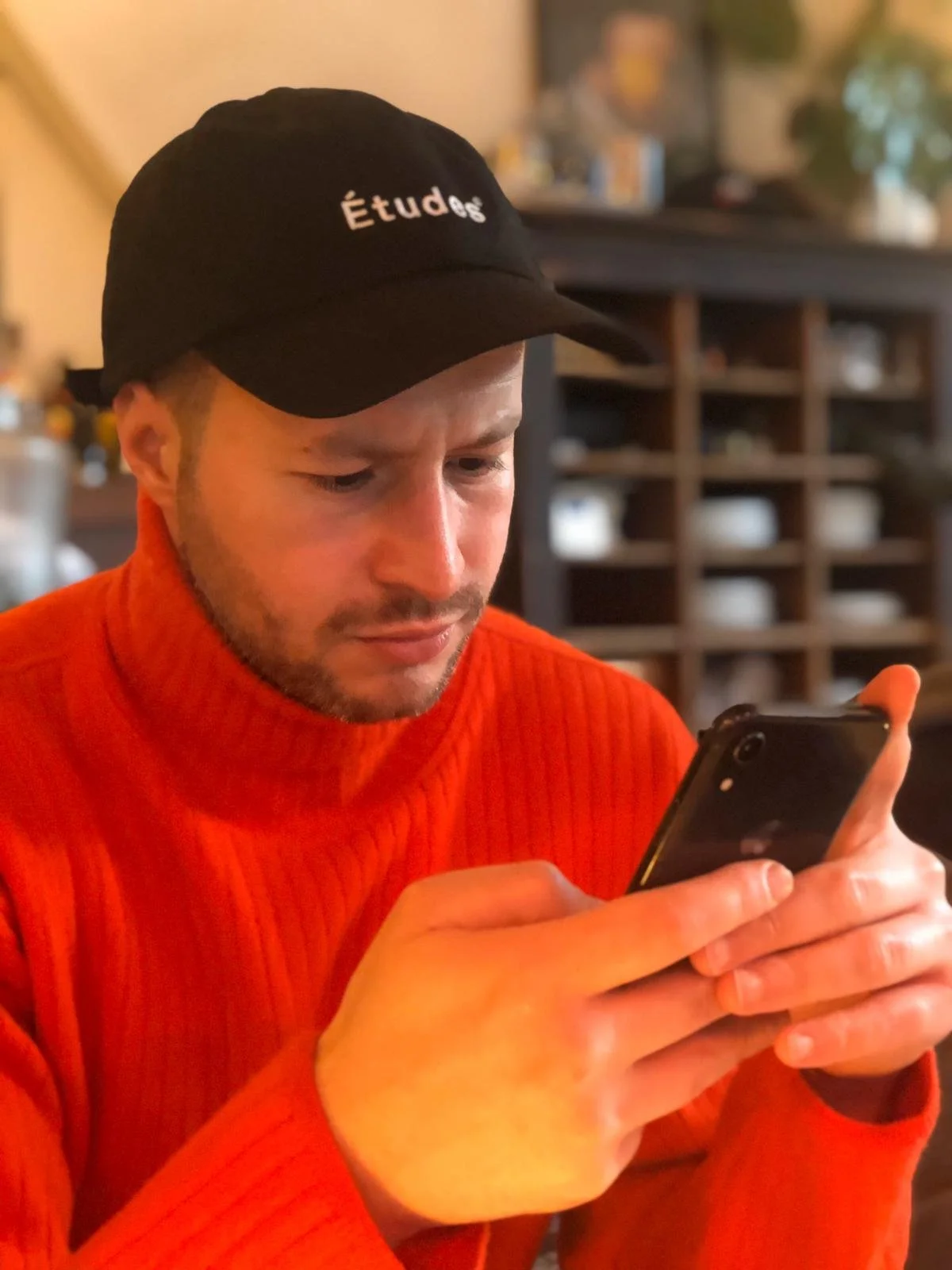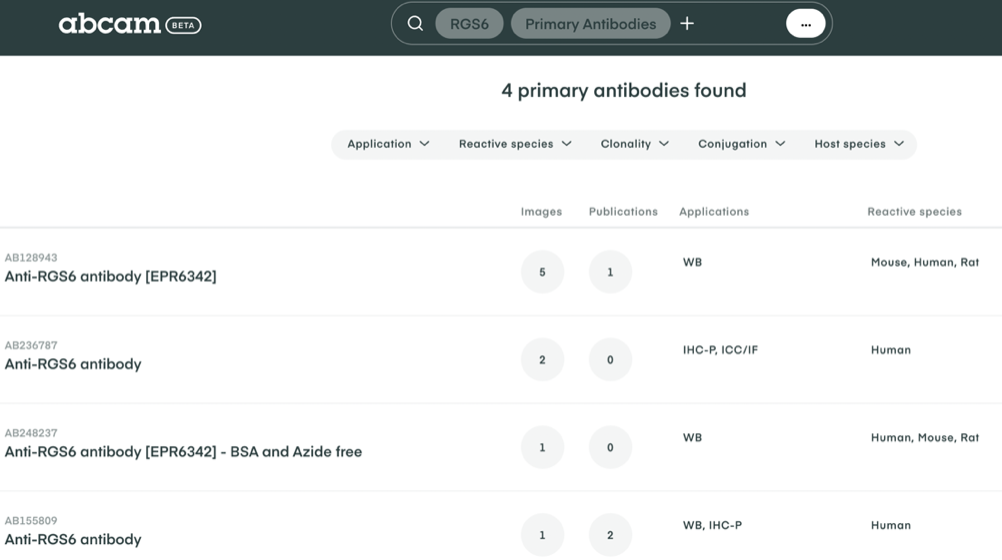Reinventing Search
Reinventing Search
This project was key to a successful redesign of Abcam’s e-commerce.
Abcam user journeys are very fragmented but they always have at their core of them find the right product.
The context
I had noticed in some previous research that with the catalogue increasing very fast, users seem less likely to find the right products for their experiments.
From a business perspective, this is likely to drive conversion as well as the user satisfaction and the customer live time value down.
Objective
How might we redesign the search functionality so that all users find the product they need for their experiment?
Meet the Team
For this strategic product for the company the team is composed of 4 UXers (2 researchers and 2 designers) and 1 product manager.
-
Lead UX researcherxxx
-
Senior UX Designerxxx
-
UX Designer Leadxxx
-
Head of UX
xxx
-
Senior UX researcher
xxx
-
Product manager
Secondary Data.
Data analysis suggested that search was likely to be a problem:
GA data suggested that sessions were dropping off at the SRP level
Low interaction with the filters (less than 4% of users) GA + Hotjar heatmaps
A UX survey realized in early 2020 indicated that overall search was the main concern from our users (chart on the right)
What type of insights
In order to define which type of insight I needed for this research I decided to conduct some hypothesis workshop. The objective was to define what kind of insights we needed to gather in order to answer our design problem.
2 major hypothesis emerged from these sessions:
Users might feel overwhelmed with the number of search results
Users must have a search pattern since the first search terms are only what we scientifically call “targets”
Which led to 3 type of insights:
-
We wanted to understand our users' frustrations and concerns regarding their search journeys
We wanted to get an understanding of what the conscious issues were
-
Behavioral
We wanted to observe users pain points during their overall search journeys
Identify any unconscious or nonverbal issues our users were facing (focusing on the findable discoverable understandable)
-
Contextual
The objective was to uncover the pain points faced by users offline
We needed to understand the context of their usage
Methodology
The methodology chosen is always defined by the type of insights that needs to be uncovered or discovered.
-
Allowed to gather both, attitudinal and behavioural insights.
40 interviews split across all the digital personas - users and non users
-
Allowed to gather some contextual insights.
12 participants 2 of each main user personas - worldwide
What did we find out?
-
Participants were often lost with the variety of products they can find online (not only on our catalogue)
Selecting the right product is crucial for them because it determines the success of their experiment but also their noticeability by journals and peers
Participants find it difficult to choose the right product even with the information gathered on the product page
-
The same pattern is used to search for products – first: target – Application and Species
Soft criteria to select a product : references (~senior researchers) – Images (~junior researchers) - conjugation
-
Scientists plan their experiment ahead (1 month) being agile in the way they manage it – but they often look for products in between 2 experiments in a short space of time
They share their knowledge not only with the team but with a wider audience of scientist
Their environment and comfort varies massively depending on the kind of institutions they work in (equipment), which affects their work
A new search functionality:
A 3 steps search to narrow down the results from the beginning
Modifying the user journey:
Adding an extra step to force the user into a category choice (useful friction)
Catering for overwhelming search results:
Results narrowed down to a manageable number.









